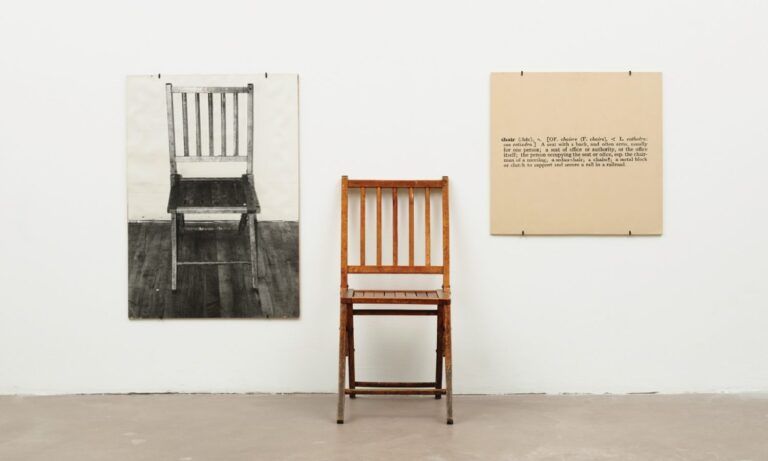Materials and Techniques in Installation Art
Installation art is a form of contemporary art that involves the use of various materials and techniques to create immersive and interactive artworks. These installations are often site-specific, meaning they are designed to be experienced in a particular location or environment. In this article, we will explore some of the key materials and techniques used in installation art, and how artists are pushing the boundaries of this medium.
Materials
One of the defining features of installation art is the use of a wide range of materials. These can include traditional art supplies such as paint, clay, and fabric, as well as more unconventional materials like found objects, electronics, and even living organisms. The choice of materials can greatly impact the overall look and feel of an installation, allowing artists to create unique and visually striking works.
One popular material in installation art is light. Artists use various lighting techniques to create a mood or atmosphere within their installations, whether through the use of neon lights, projections, or LED displays. Light can transform a space and draw the viewer’s attention to specific elements of the installation.
Another common material in installation art is sound. Artists may incorporate soundscapes, music, or spoken word into their installations to enhance the overall experience for the viewer. Sound can add an emotional dimension to an installation, creating a multisensory experience that engages the audience on a deeper level.
Techniques
Installation artists employ a variety of techniques to bring their concepts to life. One common technique is the use of scale and proportion to create a sense of awe and wonder in the viewer. By manipulating the size of objects within an installation, artists can play with the viewer’s perception of space and create a sense of immersion.
Another important technique in installation art is the use of space. Artists often work with the existing architecture of a space or create their own structures to frame their installations. The placement of objects, the arrangement of elements, and the use of negative space all play a role in shaping the viewer’s experience of the artwork.
Interactive technology is also being increasingly used in installation art. Artists are incorporating sensors, cameras, and other technologies into their installations to create interactive experiences for the viewer. This can include responsive artworks that change in real-time based on the viewer’s movements or interactions, creating a dynamic and engaging experience.
Pushing the Boundaries
Installation artists are constantly pushing the boundaries of the medium, experimenting with new materials, techniques, and technologies to create innovative and immersive artworks. Some artists are using virtual and augmented reality to transport viewers to other worlds, while others are exploring the use of bioluminescent organisms to create living artworks.
One artist pushing the boundaries of installation art is Olafur Eliasson, known for his large-scale, interactive installations that play with light, color, and perception. His work often blurs the lines between art and architecture, inviting viewers to explore and engage with their surroundings in new and unexpected ways.
As technology continues to evolve, installation art will undoubtedly evolve with it, opening up new possibilities for artists to create bold and dynamic works. By combining traditional art techniques with cutting-edge technology, artists are pushing the boundaries of what is possible in the world of installation art.
Conclusion
Materials and techniques are key components of installation art, allowing artists to create immersive and interactive artworks that engage viewers on multiple levels. By experimenting with a diverse range of materials, from light and sound to interactive technology, artists are able to push the boundaries of the medium and create truly innovative works. As installation art continues to evolve and grow, we can expect to see even more exciting and groundbreaking creations in the years to come.


